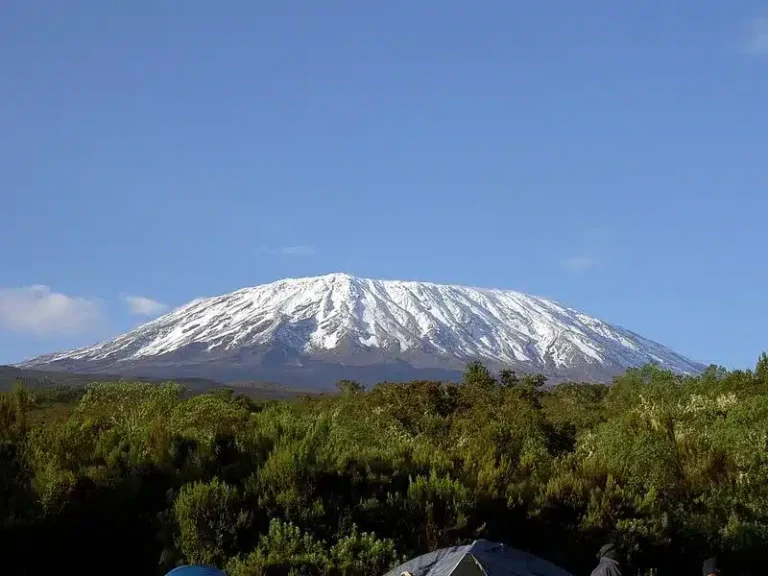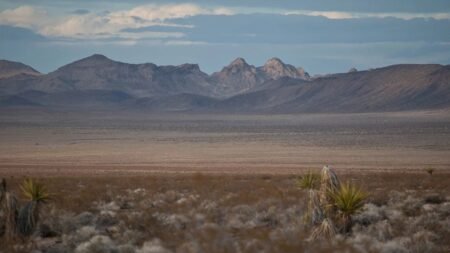Mount Kilimanjaro stands as Africa’s highest peak and one of the world’s most iconic mountains. Located in northeastern Tanzania near the Kenya border, this dormant stratovolcano rises an impressive 5,895 meters (19,341 feet) above sea level. It is famous for its striking shape, which towers alone above the surrounding plains, making it the tallest free-standing mountain on Earth. Mount Kilimanjaro is part of Kilimanjaro National Park, a UNESCO World Heritage Site that attracts thousands of visitors from around the globe every year.
The mountain is made up of three volcanic cones: Kibo, Mawenzi, and Shira. Among these, Kibo is the highest and is home to the summit known as Uhuru Peak. Climbers from all over the world dream of reaching this peak. Unlike many other high mountains, Mount Kilimanjaro does not require technical climbing skills, making it accessible to many hikers who are well-prepared and in good physical condition. However, the altitude presents challenges such as the risk of altitude sickness, which requires proper acclimatization.
Several routes lead to the summit, each offering different experiences. The Marangu route, sometimes called the “Coca-Cola” route, is the only path with mountain huts where climbers can sleep indoors. The Machame route is popular for its scenic beauty and is often called the “Whiskey” route. Less crowded routes like Lemosho and Rongai provide a quieter ascent through different landscapes. The duration of climbs varies between five to nine days, depending on the chosen route and pace.
Mount Kilimanjaro features five distinct ecological zones that change dramatically as one ascends. At the base, the cultivation zone is where farms and villages are found. Above this is the rainforest zone, filled with rich vegetation and wildlife such as colobus monkeys, elephants, and leopards. Higher up lies the heather-moorland zone, where shrubs and unique plants like giant groundsels grow. Above this is the alpine desert zone, a dry, rocky area with very little vegetation. Finally, at the summit, the arctic zone presents icy conditions and glaciers, despite the mountain’s location near the equator.
The glaciers on Mount Kilimanjaro are shrinking rapidly due to climate change. Over the last century, the ice cap has lost more than 80 percent of its coverage. This retreat threatens the natural beauty of the mountain and affects local water sources. Conservation efforts by the Tanzanian government and international organizations focus on protecting the environment and promoting sustainable tourism.
Tourism plays a vital role in Tanzania’s economy, and Mount Kilimanjaro is a major contributor. The mountain attracts tens of thousands of climbers annually, generating millions of dollars in revenue. This income supports local communities through jobs for guides, porters, and lodge operators. Efforts are being made to ensure tourism benefits both the environment and the people living near the mountain. Many lodges and tour operators emphasize eco-friendly practices to reduce the impact of visitors.
Culturally, Mount Kilimanjaro holds significant meaning for the local Chagga people who live on its slopes. They have many stories and traditions connected to the mountain, viewing it as a symbol of endurance and strength. The mountain also has a place in literature and popular culture. It was famously featured in Ernest Hemingway’s short story “The Snows of Kilimanjaro,” which highlights the mountain’s striking image and its blend of beauty and danger.
Mount Kilimanjaro’s unique location and diverse climate zones create a remarkable habitat for various plants and animals. Its range from tropical rainforest to alpine ice fields makes it a natural laboratory for scientists studying climate change and ecology. Visitors can see a wide variety of species adapted to different environments along the way to the summit.
The journey to Mount Kilimanjaro’s peak offers an adventure unlike any other. Trekkers experience a combination of natural beauty, cultural heritage, and physical challenge. The mountain’s accessibility compared to other high peaks draws both beginners and experienced climbers. With growing awareness about the need for responsible travel, more visitors are choosing eco-friendly tours that support conservation and local communities.
Mount Kilimanjaro continues to inspire and attract people from around the world. Its towering presence is not only a symbol of Africa’s natural wonders but also a reminder of the importance of protecting our environment. For travelers seeking a blend of adventure, culture, and nature, climbing Mount Kilimanjaro remains an unforgettable experience.







